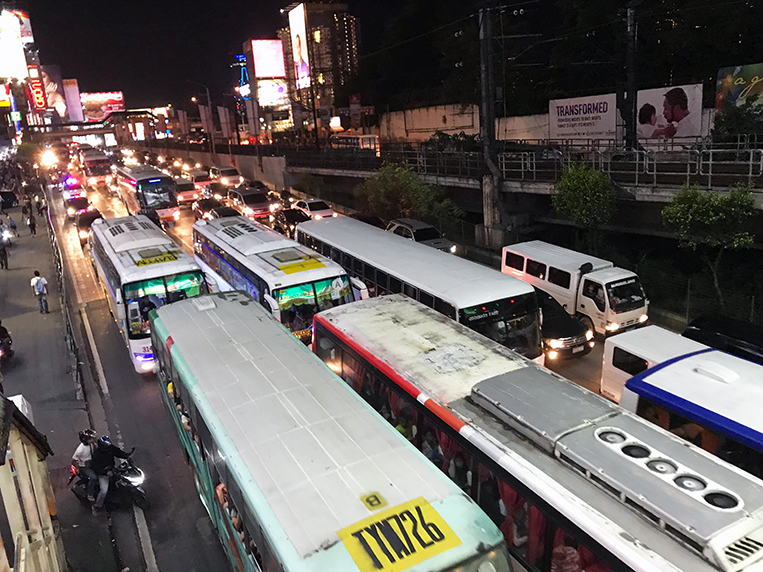
The latest idea by the Metropolitan Manila Development Authority to get the never-ending traffic chaos on EDSA under control is to narrow the five existing lanes from their current width of around 3.4m down to just 2.8m, with the space gained by this “road diet” to be used for the addition of a sixth lane in each direction. The concept has been greeted with mixed reactions by the public and media alike since it was unveiled a couple of days ago. And while just widening the road in this way will likely achieve the opposite of the intended effect, there are some ways in which such a move could actually benefit the city. It just requires some bold thinking and even bolder actions.
Let’s start with the obvious: Just adding another lane onto EDSA so Metro Manila’s main arterial road can be used by more cars every day won’t do a single thing to reduce congestion. Quite the opposite. Like the old saying goes: Widening a road (or, in this case, adding more lanes) to ease traffic congestion is like loosening your belt to cure obesity. It simply doesn’t work. Not only would it invite more cars and motorbikes onto EDSA, but those vehicles would also have to come from and go somewhere. Which means traffic levels in the adjacent areas—those where the powers-that-be can’t just magic up more lanes—would only increase. The end result would be the exact opposite of what the agency is trying to do. That much is almost guaranteed.
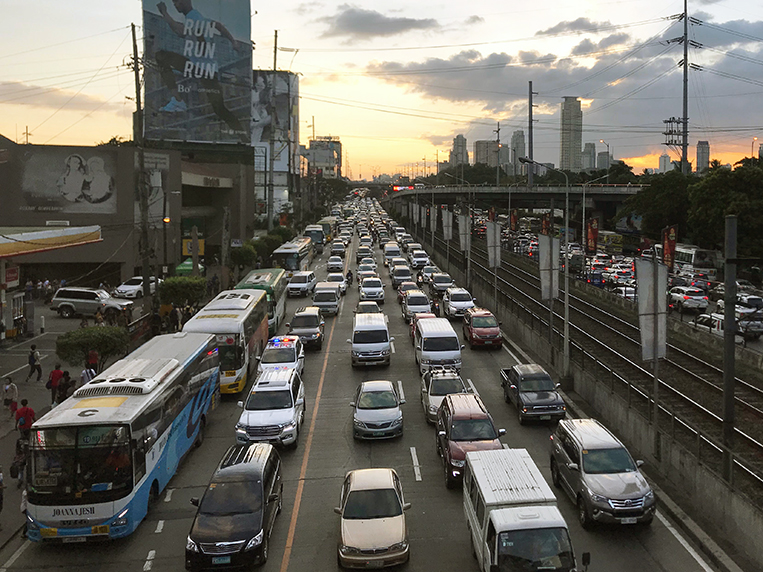
So, why narrow the lanes at all? The MMDA is basing its proposal on a World Resources Institute study that claims if the maximum allowed speed on a road is 60km/h, the ideal width of the lanes should only be around 2.8m, an approach that seems to have been implemented successfully in Amsterdam, Copenhagen and Tokyo. All those places have low crash fatality rates per 100,000 residents, while the likes of New Delhi, Mumbai and São Paulo—where wider lanes ranging from 3.25m to 3.6m are mostly used—have much higher instances of deadly accidents. Wide lanes, so says the theory, lead to drivers traveling at higher speeds, which in turn leads to more crashes and worse injuries in those fender-benders.
Narrow lanes, on the other hand, are said to make drivers pay more attention to their surroundings, leading to fewer dings. How this would pan out on our shores when 2.6m-wide buses suddenly have only 20cm of margin for lateral movement remains to be seen, but the idea of slimming down the current five lanes on EDSA isn’t without merit. It’s what the government is going to do with the space it creates by doing this that will determine if this idea could be a winner or would be another flop. Just adding another lane for cars or motorbikes without any restrictions would lead to more of the same—that much we know now. But what if someone in government dared to think outside the proverbial box and did something new and bold?
How this would pan out on our shores when 2.6m-wide buses suddenly have only 20cm of margin for lateral movement remains to be seen
What if the space were used for wider sidewalks that didn’t require pedestrians to squeeze past each other at the side of the road? Or even crazier: What if we created a physically separated lane for cyclists and electric kick scooter users, complete with safety dividers and optimized road surface? Sounds too crazy? Then why not go one further and introduce a Bus Rapid Transit system like in Jakarta? One lane taken up by a bus-powered ‘road train’ that can ferry thousands of commuters through the city every hour, instead of two lanes of buses fighting for passengers on every corner.
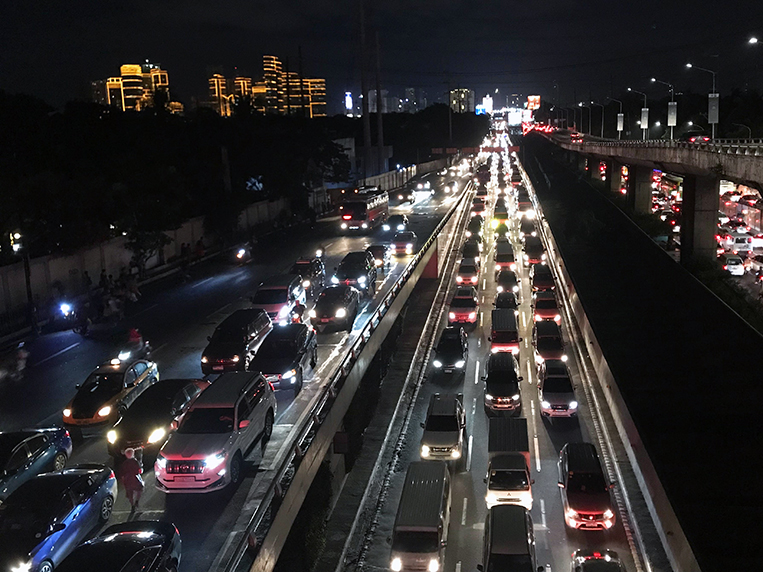
There are many ways that this so-called road diet—an idea that seems laughable at first—could actually lead to positive results for Metro Manila, and in a way it’s commendable that someone in government is putting his or her head above the parapet and suggesting these things. Any and all options must be considered at this point, but our sincere hope is that the people in charge are smart enough to realize that continuing to worship the automobile as king of the road is not the best way forward. It’s time to think of ways to reduce our dependence on fuel-burning metal boxes, and using that extra space on EDSA to give a little bit of the city back to the people who live in it could be a great start.
Just imagine this: It’s a nice and sunny afternoon. You take a leisurely stroll along the newly created pedestrian walkway while smiling cyclists and cheerful scooterists whiz by you on their way to work. With dangerous traffic now a safe distance away, you have to look for other ways to get your kicks on Highway 54, so you decide to climb Mount EDSA. As you reach the top and take in the view, you think to yourself: Maybe putting people first isn’t such a mad idea after all.

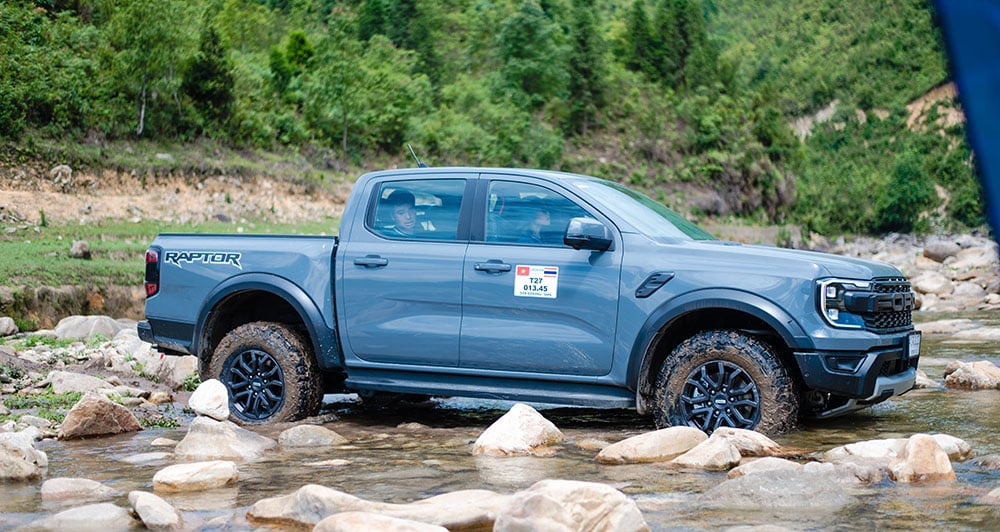
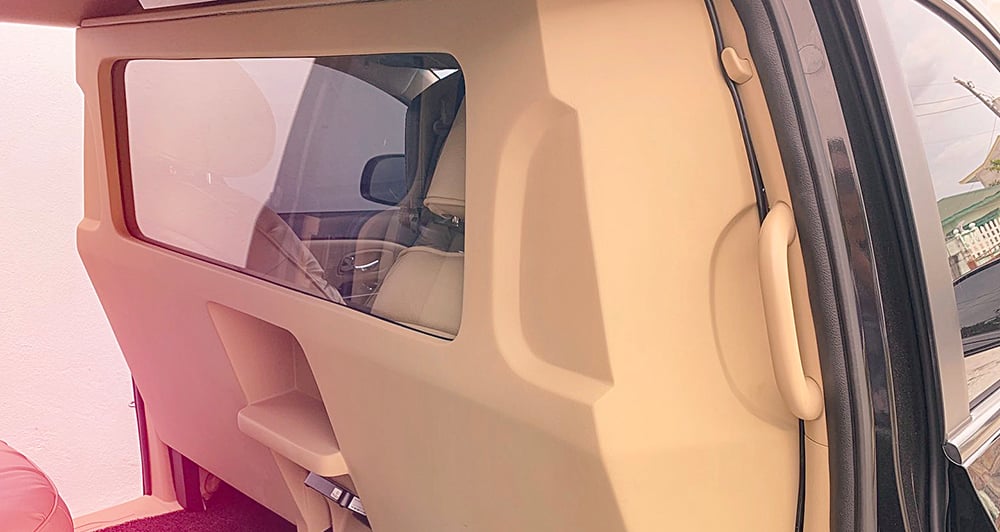
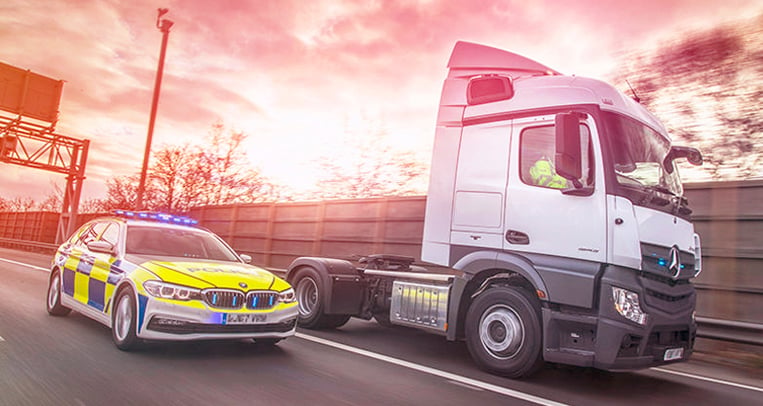
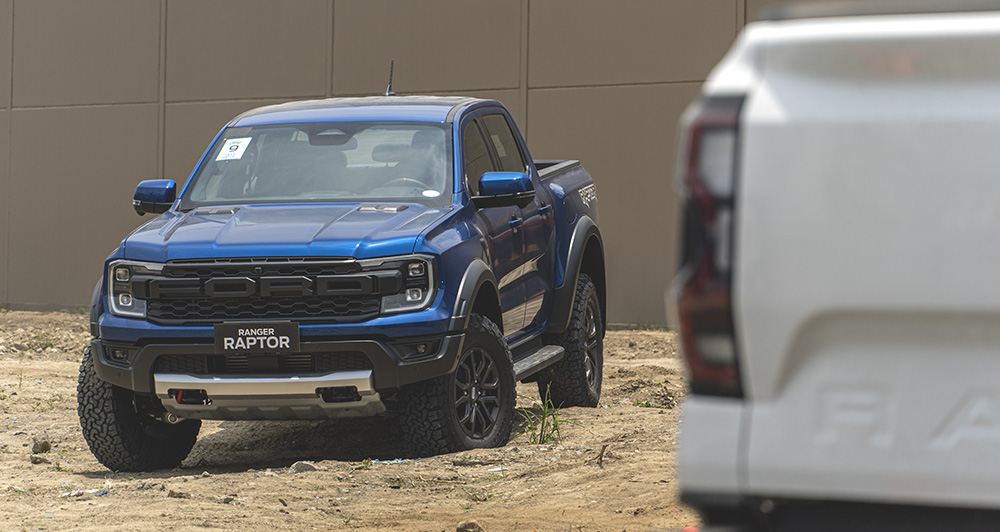
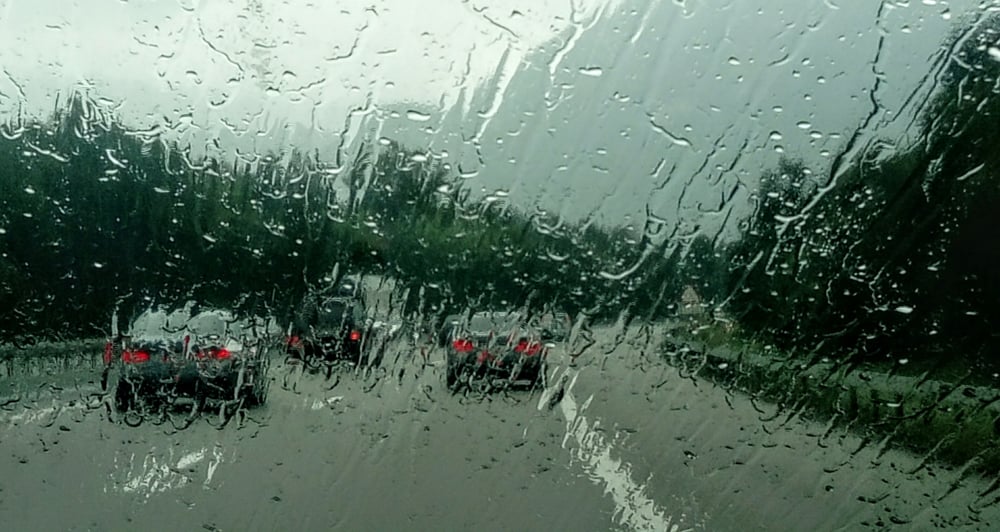


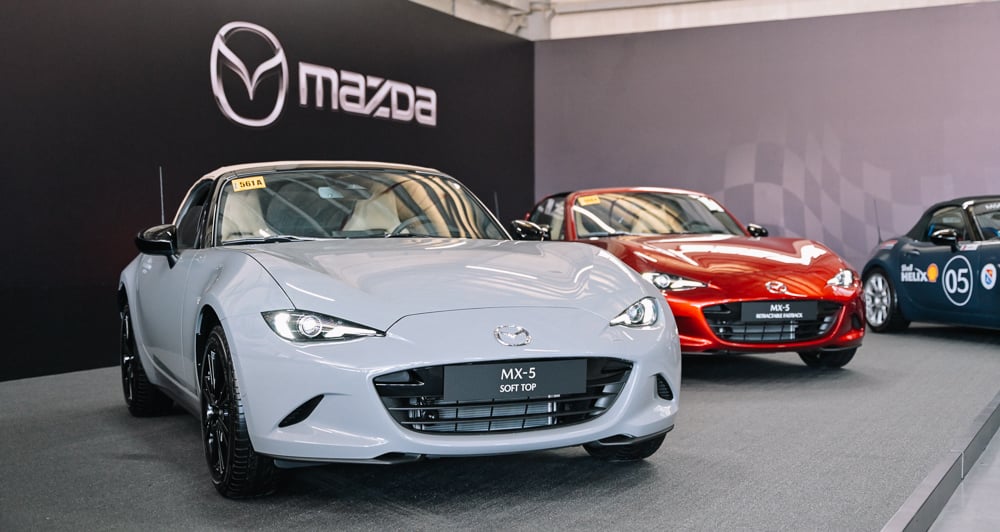
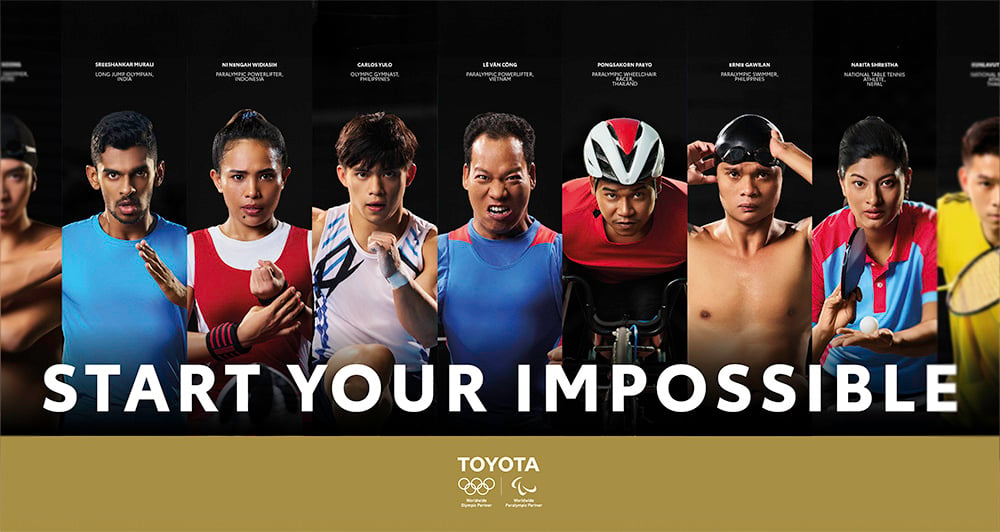
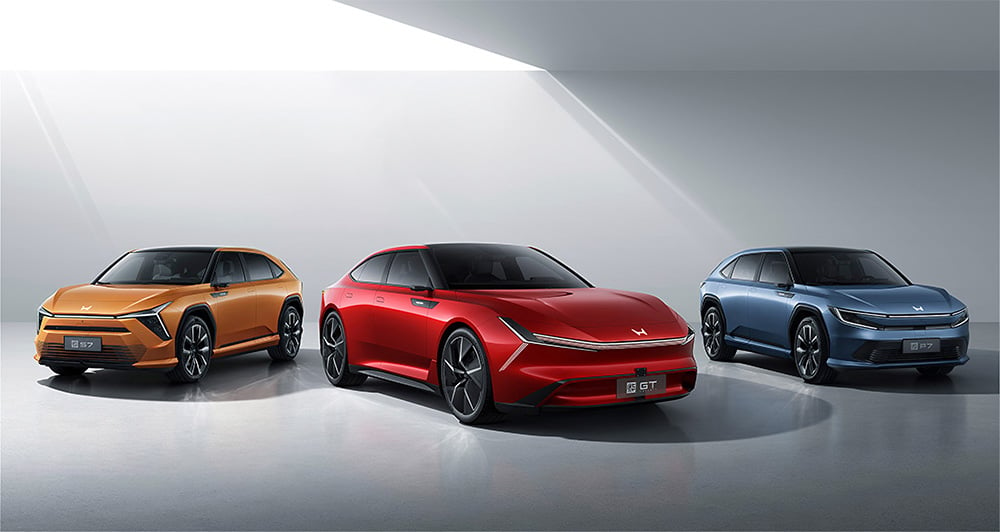
Comments